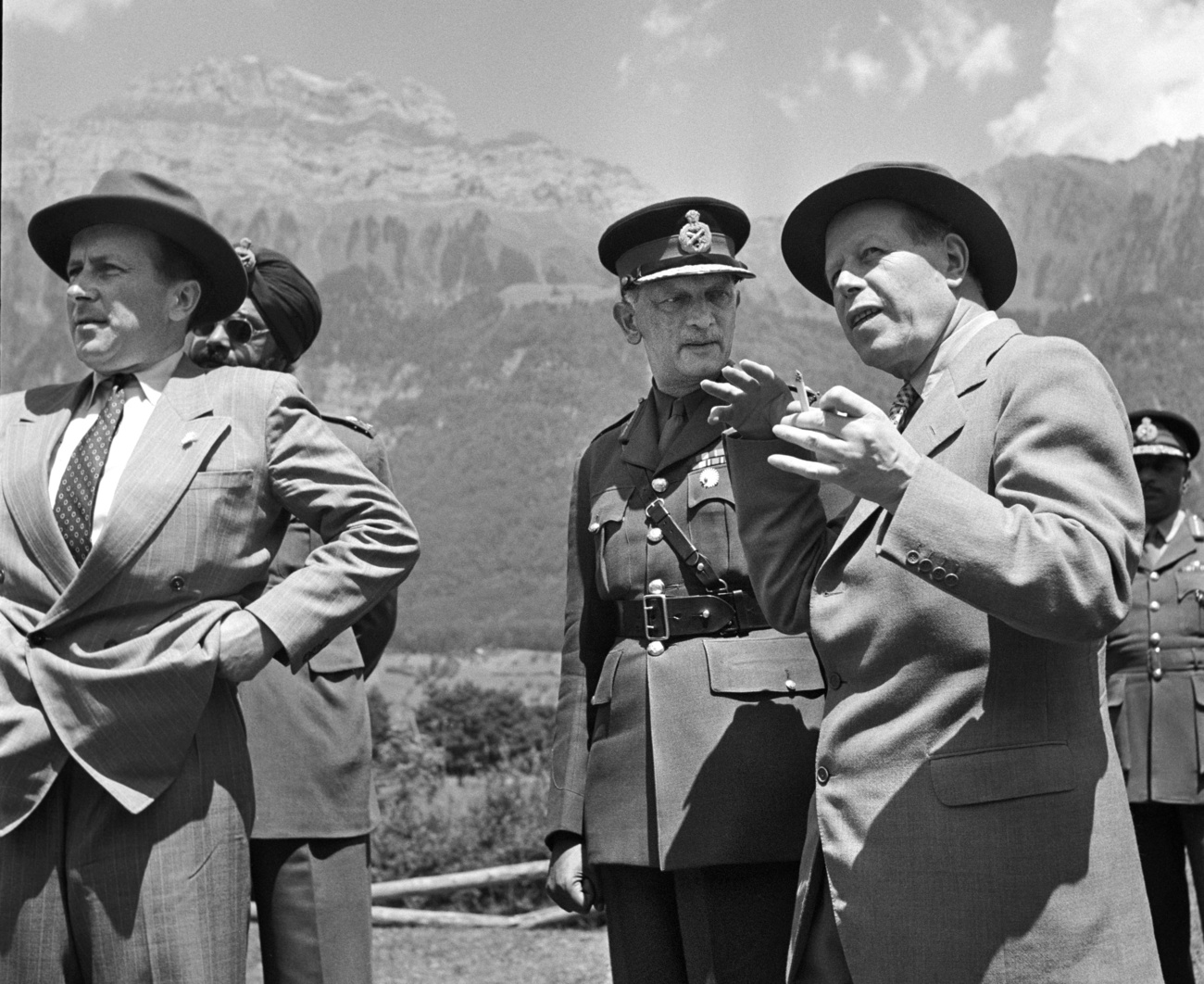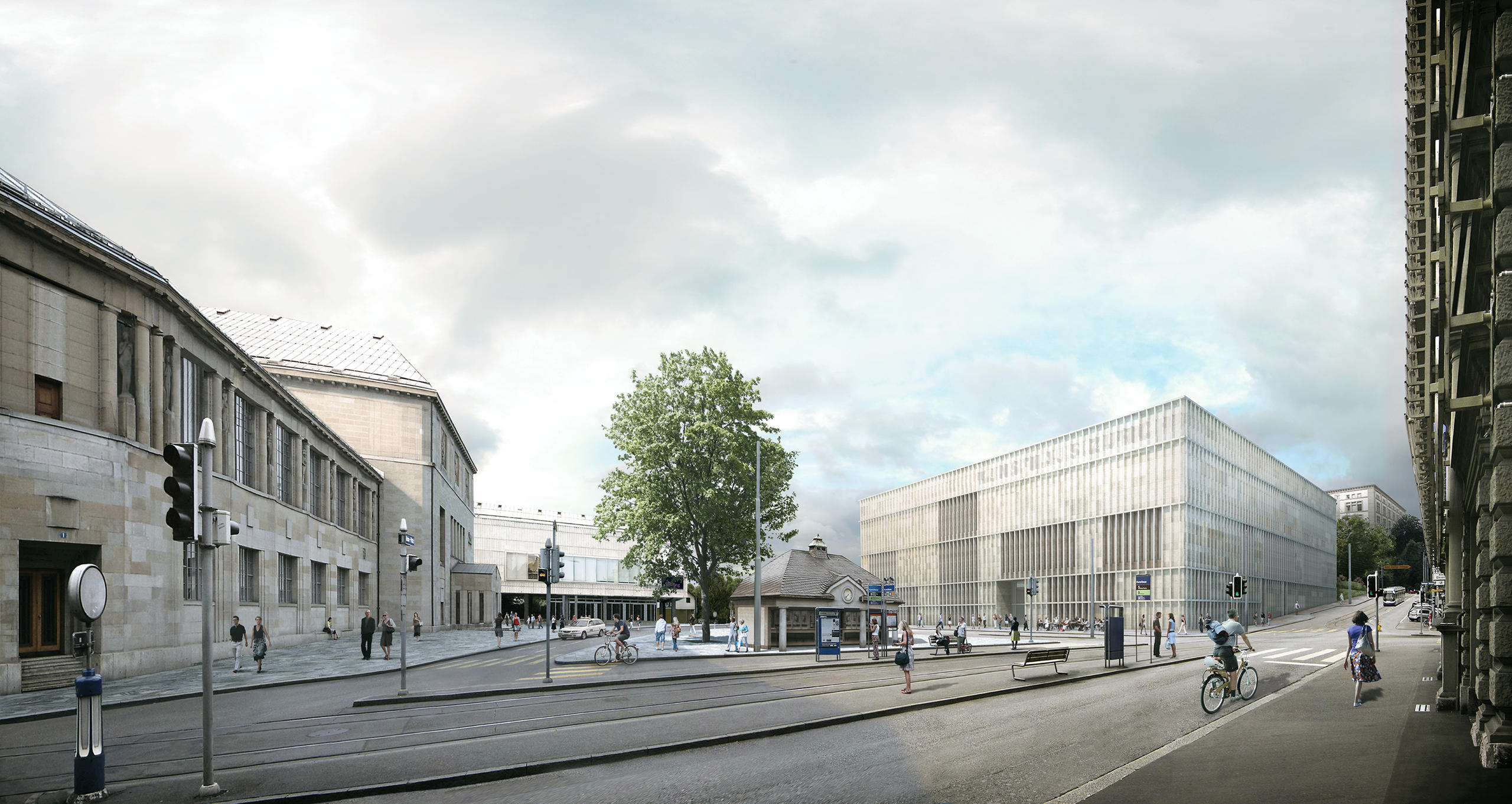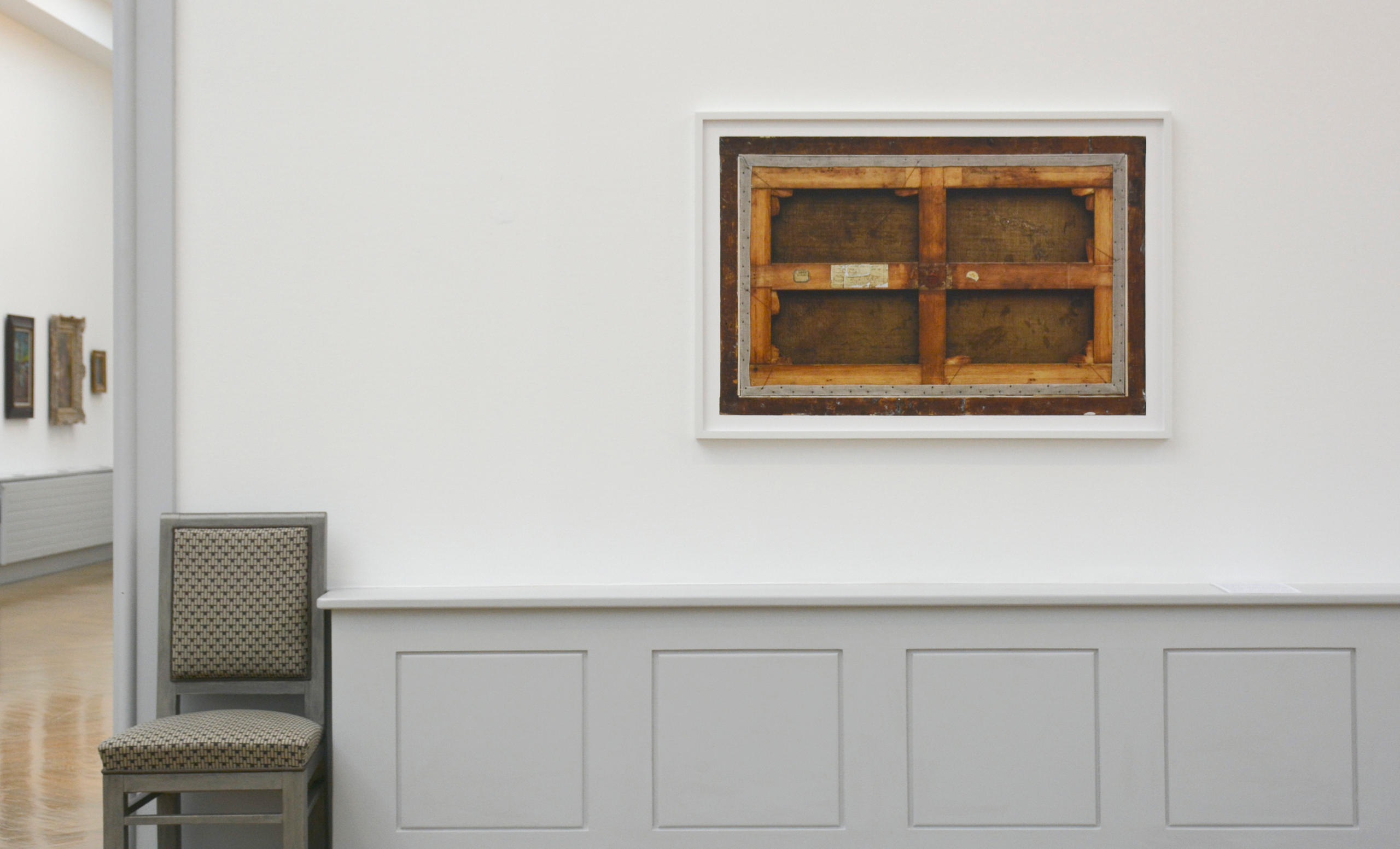Nazi-looted art: Is the Kunsthaus Zurich a ‘tainted museum’?

The new extension of Zurich’s fine arts museum opens this weekend with the Bührle collection, named after the Swiss arms dealer. A controversial choice for some.
Some 65 years after his death, the Swiss arms tycoon Emil Bührle is remembered more for his dealings with the Nazis than for his taste as art collector. Beginning in the 1930s, he made a sizeable part of his fortune from dealings with Hitler’s Germany, and he benefited from the Nazi slave labour system. He also collected art on a princely scale, including paintings that he later had to restore to their owners as Nazi-looted art.

More
Emil Bührle and the art of war
In spite of all this, the Impressionist masterpieces from his collection are now set to make Zurich a tourist attraction. The city government approved a plan to transfer paintings from the Bührle Foundation to the Kunsthaus Zurich on loan.
In 2012 Zurich voters approved a proposal to expand the Kunsthaus. In 2017 a historical study was commissioned from the University of Zurich to investigate the remaining grey areas and provide an overview of current knowledge about Emil Bührle’s business dealings and activity as a collector.
This study, it came to be suspected, was a toothless exercise, says historian Erich Keller. For the decision to loan the pictures to the Kunsthaus had already been made, “whatever the researchers might find”. Keller himself was a participant in this study, until he went public with the allegation that an advisory committee was intervening to whitewash the findings.
His new book, Das kontaminierte Museum (The tainted museum, published by Rotpunkt), is likely to stir up further debate. For Keller has his doubts about the research done on the provenance of the Bührle paintings, and he makes his opinion clear that there is still Nazi-looted art among them.
The city of Zurich and the Bührle Foundation, responding to inquiries from Switzerland’s national broadcaster, say they have no comment to make before the book’s publication and without knowing what is in it.

More
New Kunsthaus Zurich poised to reclaim global limelight
In the meantime, Esther Tisa Francini, who is a provenance specialist at the Rietberg Museum in Zurich, has given the research done by the Bührle Foundation good marks. It meets current scholarly standards, she says: it is published online, publicly accessible and it contains all the documentation required.
Yet the controversy is far from over. For essentially it has to do with the evaluation of research findings, and about a Swiss peculiarity: the category of “refugees’ art collections”.
Should paintings which Jewish collectors sold after fleeing Switzerland from the Nazi regime be considered looted art? Were these owners in a position to act freely, and would they have sold their art if they were not on the run? These questions are difficult to answer. They arise in the case of some of the Bührle Foundation paintings, such as a Cézanne landscape or a Monet poppy field.
And so, on the eve of the gala opening of the new Kunsthaus extension, questions are still being asked. It is not just whether the history of Emil Bührle’s art collection has been examined critically enough, and whether it is being presented critically enough in the Kunsthaus Zurich .
The question also arises how Switzerland and its art museums are dealing with their historic responsibilities regarding paintings which they would, presumably, never have got to exhibit if it were not for the Nazi regime in Germany.

More
Swiss make slow progress returning Nazi-looted art

In compliance with the JTI standards
More: SWI swissinfo.ch certified by the Journalism Trust Initiative








You can find an overview of ongoing debates with our journalists here . Please join us!
If you want to start a conversation about a topic raised in this article or want to report factual errors, email us at english@swissinfo.ch.